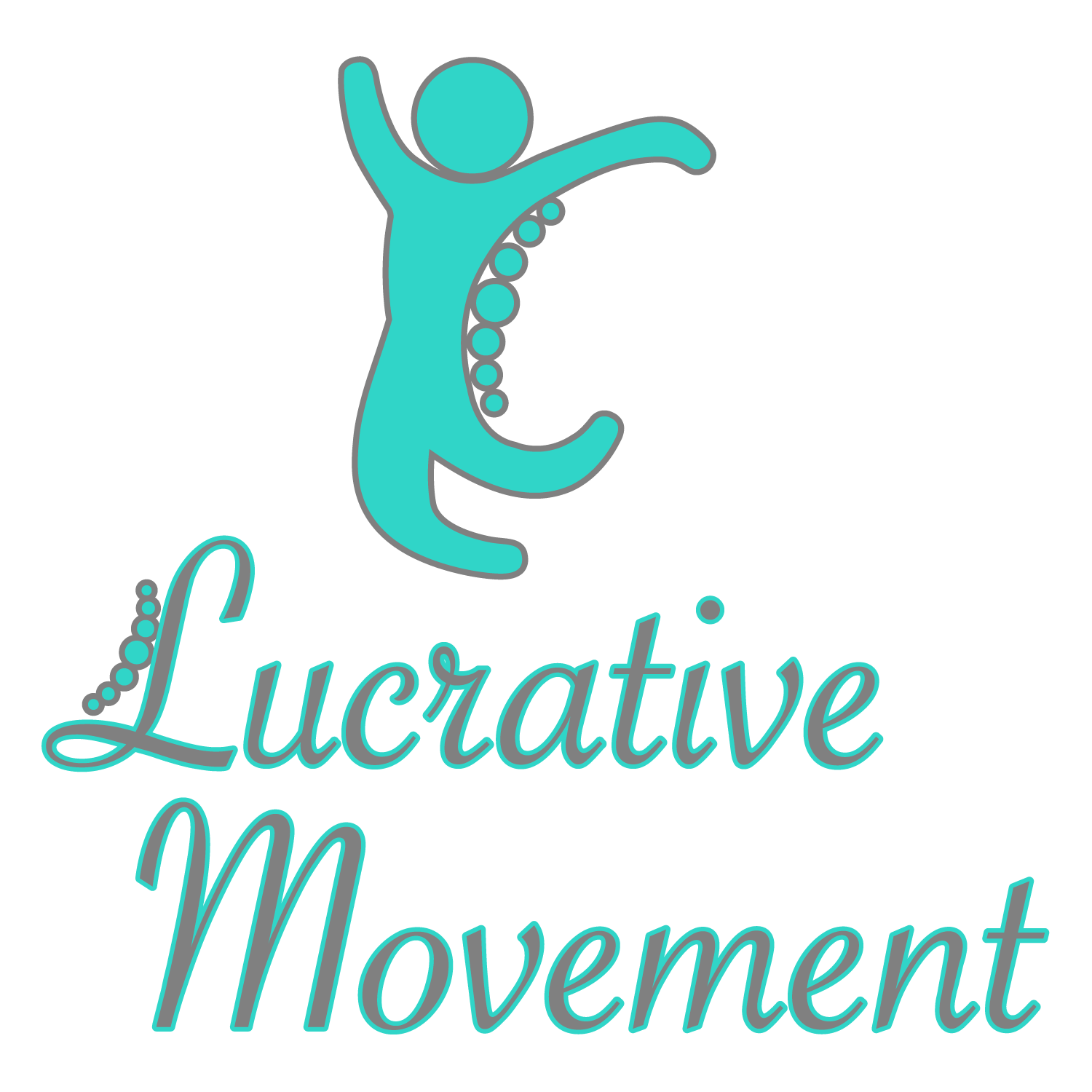What Is Lucrative Movement
Lucrative Movement (LM) offers a revolutionary, hands-on approach to helping people of all ages and abilities through the Anat Baniel Method® Neuromovement®. By harnessing the power of the brain to change, people can overcome pain, and achieve lasting improvements in physical performance, emotional well-being, and mental functioning.
A hallmark of modern neuroscience, brain plasticity refers to the brain’s ability to rewire itself, changing structurally and functionally in response to new experiences. This ability persists throughout life and is crucial for learning new things, unlearning old habits, and recovering from traumas, strokes, and diseases.
Lucrative Movement utilizes movement and awareness as the main tools to develop, enhance, or restore functional abilities. Unlike conventional physical therapy, which targets specific joints or muscle groups, the Anat Baniel Method focuses on the brain. Using movement as a language, it provides the brain with information to guide the body and mind to higher levels of functioning and coordination.
Sessions involve gentle touch and movements performed with close attention to what a person feels. Through these explorations, the brain becomes aware of how it currently interacts with the body and the world. It organizes sensory inputs into meaningful patterns, discovering new solutions that benefit the person, whether overcoming movement limitations, unraveling complex ideas, or navigating social interactions.
A vital aspect of the practitioner’s role is to convey the experience of safety, pleasure, and ease of movement, enabling the brain to operate in learning mode and explore new possibilities. Conversely, forcing past a person’s comfort can shift the brain into protective mode, reducing its ability to acquire new skills.
The Anat Baniel Method is endorsed by many physicians and leading neuroscientists, such as Michael Merzenich, who praises it for providing “powerful, practical strategies for improving your abilities and your brain that are strongly supported by the neuroscience of brain plasticity.” Improvements achieved through this method often surpass medical expectations.


